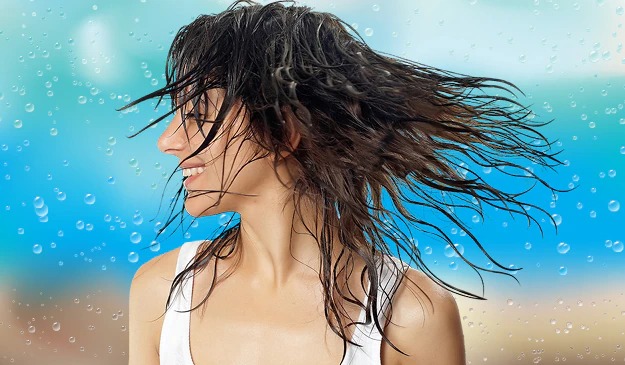Chlorine is a chemical that is used in pools and jacuzzis to clean the water and keep bacteria at bay. Despite the fact that many of us equate chlorine with swimming pools. It is one of the most widely produced compounds. Unfortunately, many individuals are unaware that they are regularly exposed to when they shower because tap water is treated with chlorine. It can also be present in bleach, solvents, and pesticides, in addition to pools and tap water. Even if you’re not diving into the deep end, your hair and skin may come into contact with the chemical.
What is Chloride
Chloride is a mineral that occurs naturally in a variety of foods, but our main dietary supply is sodium chloride, sometimes known as table salt. Because chloride has an electric charge, it is classified as an electrolyte, along with sodium and potassium. It aids in the regulation of the amount of fluid and the types of nutrients that enter and exit the cells.
It also maintains normal pH levels, promotes stomach acid required for digestion, stimulates neuron and muscle cell function, and allows the exchange of oxygen and carbon dioxide within cells. Chloride is absorbed in the small intestine and is found in bodily fluids and blood. Any surplus is excreted in the urine.
The Effects of Chlorine on Health (Hair and Skin)
Dull skin and hair
One of the most serious consequences of chlorinated water is its potential to drain moisture from the skin and hair. Furthermore, because it produces excessive dryness, it can result in much more than itchy, parched skin and dry, brittle hair. It destroys the hair by breaking the cuticles and causing split ends and breakage. Simultaneously, chlorine helps to remove gloss and brightness from the hair, making it appear lifeless.
- Advertisement -

Irritation
Furthermore, the irritating effects of chlorine can aggravate eczema and create rashes. When the skin is severely dehydrated, it appears less plump and nourished. As a result, fine lines and wrinkles may become more visible.
Hair that is green
If your hair is light-colored or bleached. Its exposure can result in green or pool hair. It is not entirely responsible for the hue. Chlorine combines with copper pipes and other metals. It causes a small amount of metal to enter the water, changing the color of the hair.
How to Prevent Chlorine Damage to Hair and Skin
While it may seem difficult to avoid chlorine, especially when it is present in tap water, you can mitigate its effects. We recommend doing some hair prep before you go swimming. Wet your hair with ordinary water to reduce the likelihood of chlorine absorption. You can also use conditioner to keep your hair from absorbing chlorinated water. Alternatively, you might wear a swimming cap. A hair care product that is good for the hair and protects it from salt, chlorine, and the sun.

Dimethicone forms a barrier on the hair, protecting it from chlorine. It may appear difficult to protect your skin from chlorinated pool water, but it is very achievable. You can protect your skin by applying sunscreen with oil or moisturizer to it.
We will also recommend a daily moisturizer with SPF to prevent the detrimental effects of chlorine. To protect your skin from chlorine, use a sunscreen that is both moisturizing and water-resistant.
Because the chemical is also present in tap water, rinse as quickly as possible with a showerhead filter. Shower filters are a simple approach to decrease your exposure to harmful chemicals contained in tap water. Chlorine-free filtered water can help your hair and skin retain their natural moisturizing oils, keeping them healthy and reducing chlorine damage.



